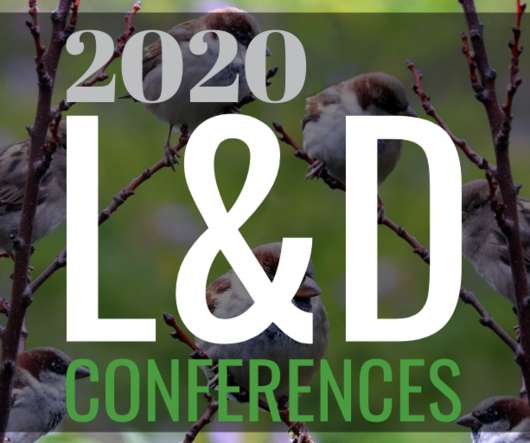TCC08: Creating and Teaching a College-Level Undergraduate Course in Social Networking
Experiencing eLearning
APRIL 15, 2008
Developed a course on social networking for business. Use online library databases to research social networking. Past predictions about online communities assumed text because that was what was available. Provided a bunch of stats on social networking usage–I’m not taking notes on all that).













































Let's personalize your content